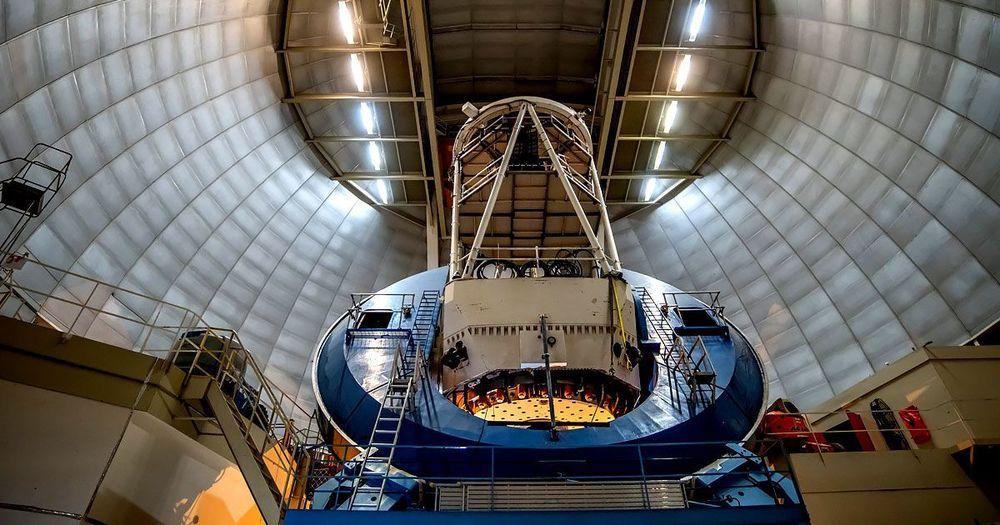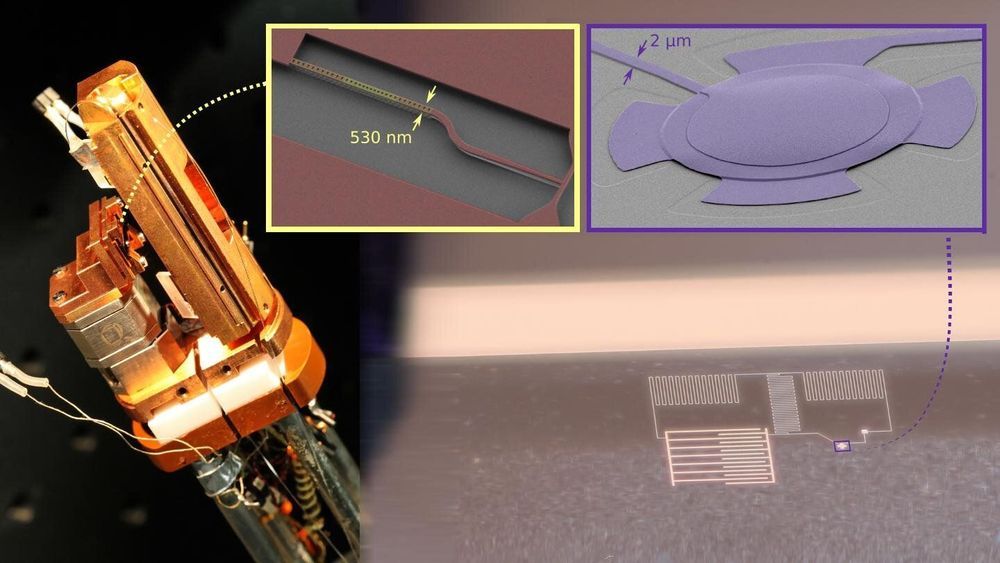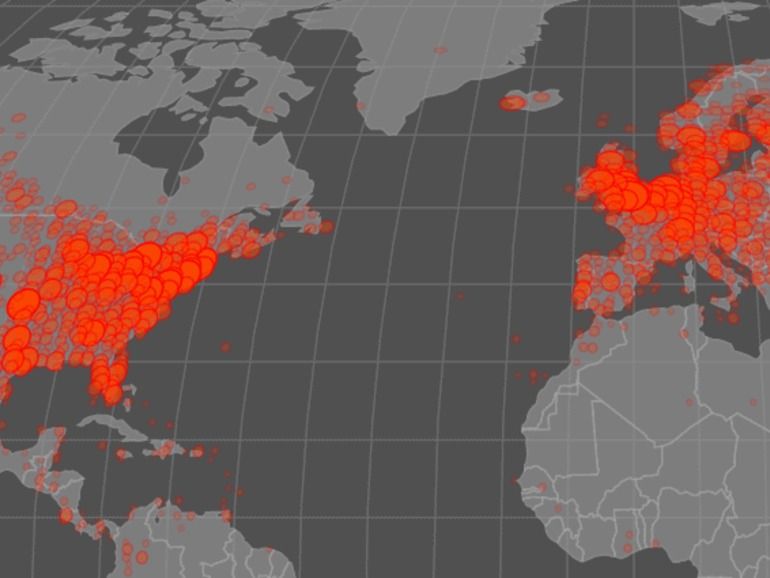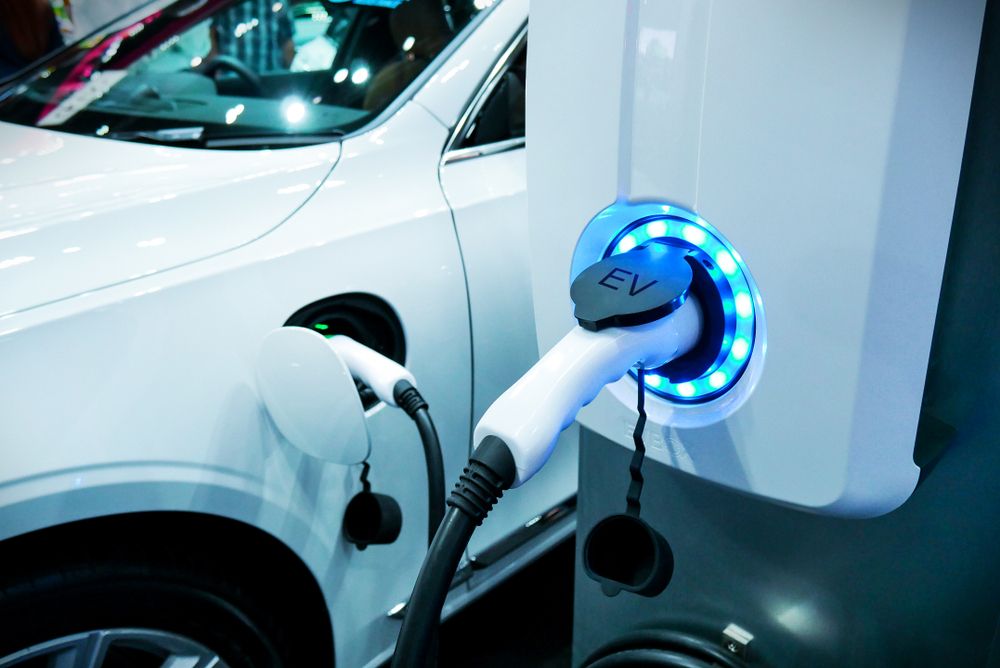STOMACH bloating is a recurring problem for many people in the UK, with symptoms persisting despite shunning certain culprits known to cause tummy grief. While avoiding certain foods can help to ease symptoms, other foods have been shown to soothe symptoms, including an exotic fruit.
Get the latest international news and world events from around the world.


Video of Amazon Prime Air’s Delivery Drone In Action
While maybe not as riveting as your favorite movie, this video published by Amazon shows it’s current version delivery drone in action. It is worth noting that the takeoff and landings are on a identified platform landing areas. It also does not show the transfer of the items from pick-up to delivery but it does give you an idea of the flight pattern of the drone and the interesting way that it handles take off and landings.

Evading Heisenberg isn’t easy
EPFL researchers, with colleagues at the University of Cambridge and IBM Research-Zurich, unravel novel dynamics in the interaction between light and mechanical motion with significant implications for quantum measurements designed to evade the influence of the detector in the notorious ‘back action limit’ problem.
The limits of classical measurements of mechanical motion have been pushed beyond expectations in recent years, e.g. in the first direct observation of gravitational waves, which were manifested as tiny displacements of mirrors in kilometer-scale optical interferometers. On the microscopic scale, atomic- and magnetic-resonance force microscopes can now reveal the atomic structure of materials and even sense the spins of single atoms.
But the sensitivity that we can achieve using purely conventional means is limited. For example, Heisenberg’s uncertainty principle in quantum mechanics implies the presence of “measurement backaction”: the exact knowledge of the location of a particle invariably destroys any knowledge of its momentum, and thus of predicting any of its future locations.

Severe Vision Loss From Niacin (Vitamin B3) Can Be Reversed
I Believe it is the Sun-damaged parts of the body that cause the so-termed hives of Niacin. I knew this without seeing data on such I when taking my Niacin {even very small doses as I take averaging about 75 mg every other day} causes a disturbance in my eyes.
In a first-of-its-kind clinical report, retina specialists at the New York Eye and Ear Infirmary of Mount Sinai (NYEE) have shown that severe vision loss from a self-prescribed high dose of over-the-counter niacin is linked to injury of a specific cell type in a patient’s eye. The experts report that discontinuing the vitamin led to reversal of the condition and have published their findings in the fall issue of Journal of VitreoRetinal Diseases.
Niacin, also known as vitamin B3, is used for lowering hyperlipidemia or cholesterol and comes in prescription and over-the-counter forms; it can produce a rare toxic reaction called niacin-induced cystoid maculopathy, a form of retinal swelling.
“Just because nutritional supplements are available without prescription does not mean they are completely safe to use without supervision.” — Jessica Lee, MD



